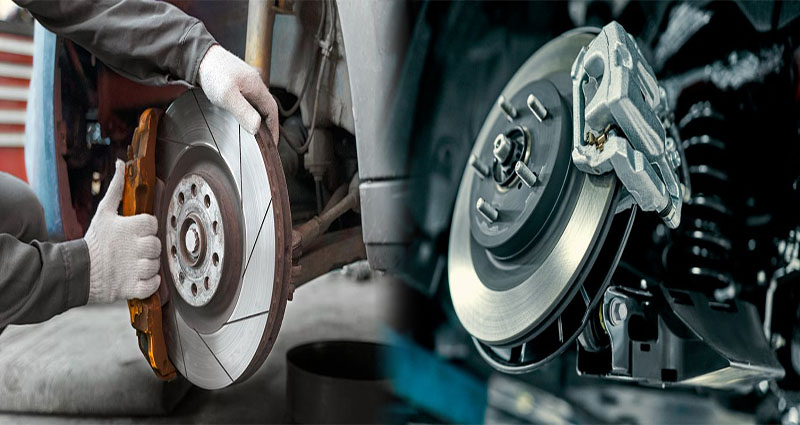Performing Brake Inspections as Part of Comprehensive Automotive Technician Responsibilities
As an automotive technician, the responsibility of ensuring the safety and proper functioning of a vehicle’s braking system is paramount. Performing brake inspections is a critical aspect of the comprehensive range of tasks that automotive technicians undertake.
The primary goal of brake inspections is to assess the condition of the braking system and identify any potential issues or wear that may compromise the vehicle’s ability to stop effectively. A thorough brake inspection involves a systematic approach and attention to detail, as well as an understanding of the various components that make up the braking system.
To begin with, an automotive technician will typically start by visually inspecting the external components of the braking system, including the brake pads, rotors, calipers, and brake lines. This examination allows the technician to identify any visible signs of wear, corrosion, or damage to these critical components.
Subsequently, the technician will often proceed to measure … Continue reading >>>









